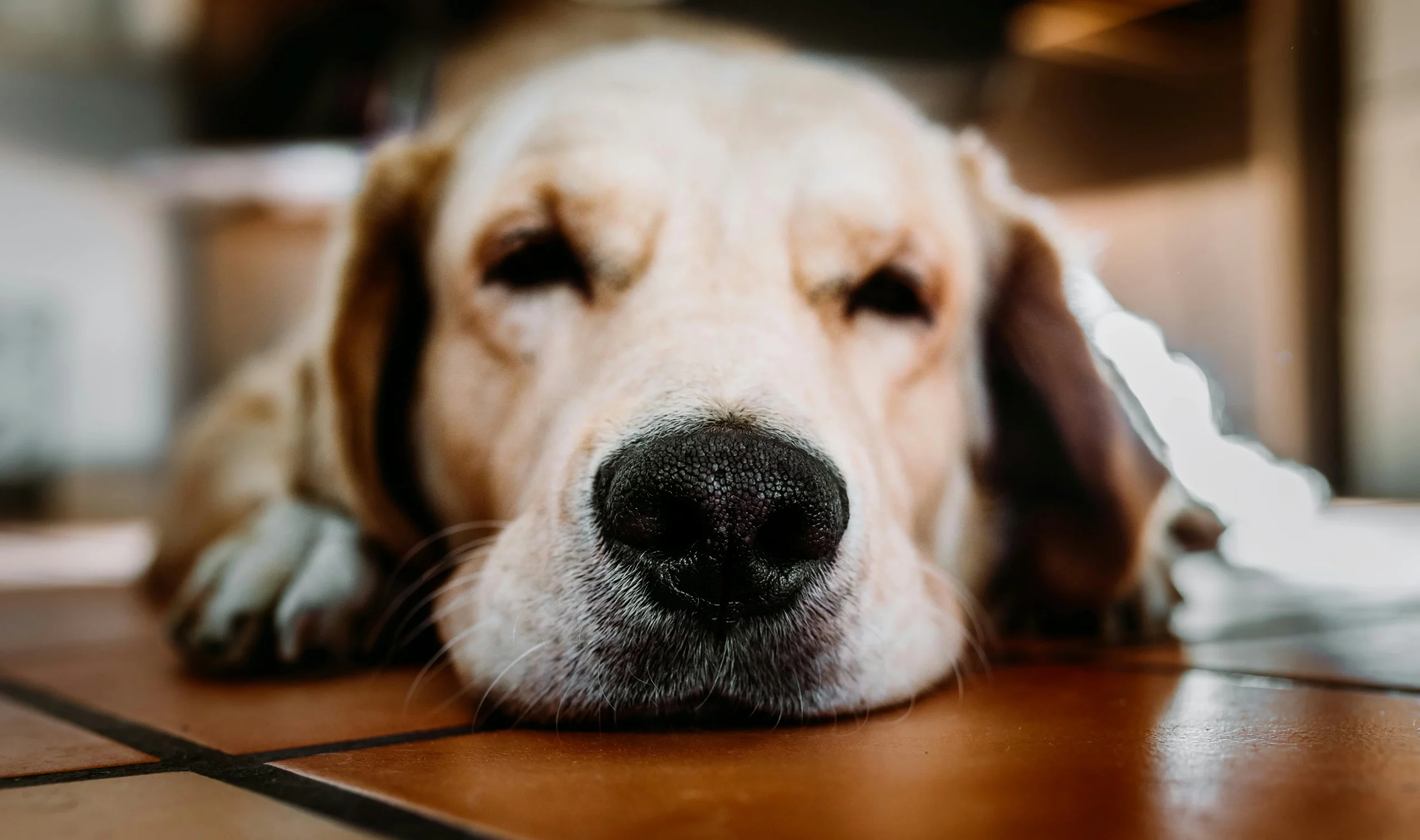My Dog’s Nose is Dry: Should I Be Worried?
We all know the feeling of a beloved furry companion nudging our hand with a wet, cold nose – a classic sign of a healthy, curious pup. But what happens when that dog’s nose is dry and warm to the touch? Should you be worried?
The answer, like many things in the canine world, isn’t always a simple yes or no. A dry nose can be perfectly normal, but it can also indicate underlying issues. Let’s delve into the world of dog noses, exploring the reasons behind dryness and when it might be a cause for concern.

The Importance of a Moist Nose:
A dog’s nose is more than just an adorable sniff machine; it’s a vital sensory organ. Covered in a thin layer of mucus, a healthy nose helps your dog with:
- Temperature Regulation: The moist surface aids in heat dissipation through evaporation, especially important for panting dogs.
- Sense of Smell: Mucus helps trap odor molecules, enhancing a dog’s incredible sense of smell.
- Filtering Dust and Debris: The moist surface acts as a filter, preventing dust and allergens from entering the respiratory system.
Therefore, a healthy dog’s nose should ideally feel cool and slightly damp.
Normal Causes of Dry Noses:
Several factors can contribute to a dry nose, and many are not a cause for alarm:
- Dehydration: Just like us, dogs can become dehydrated, especially during hot weather, leading to a dry nose. Ensure fresh water is readily available throughout the day.
- Sleeping: After a long nap, your dog’s nose might feel dry until they lick it to restore moisture.
- Weather: Dry climates or harsh winter winds can dehydrate the sensitive skin on a dog’s nose.
- Age: As dogs age, their bodies produce less moisture, which can lead to a drier nose.
- Breed: Some breeds, like Bulldogs and Pugs with short snouts, naturally have drier noses.
Signs to Watch Out For:
While a dry nose alone isn’t necessarily a problem, it’s important to be aware of accompanying symptoms that might indicate an underlying issue:
- Cracked or Crusty Nose: Dryness that progresses to cracking or crusting could signify allergies, infections, or autoimmune diseases.
- Loss of Pigment: A change in the normal pink or black color of your dog’s nose pad, especially if accompanied by dryness, could be a sign of sunburn or a more serious condition.
- Lethargy, Loss of Appetite, or Other Symptoms: If your dog exhibits additional symptoms like lethargy, loss of appetite, vomiting, or diarrhea alongside a dry nose, it’s crucial to see a veterinarian.
Keeping Your Dog’s Nose Moist:
If your dog’s dry nose seems like a recurring issue, here are some ways to help:
- Increase Water Intake: Ensure your dog has constant access to fresh, clean water.
- Use a Humidifier: Adding moisture to the air, especially during dry winters, can help alleviate dryness.
- Pet-Safe Moisturizer: Consult your veterinarian about using a pet-safe nose balm or moisturizer specifically formulated for dogs.
Conclusion:
A dry nose on its own shouldn’t be a cause for immediate panic. However, it’s always a good idea to monitor your dog and be aware of any accompanying symptoms. If the dryness persists, worsens, or is accompanied by other issues, schedule an appointment with your veterinarian for a proper diagnosis and treatment plan.
Remember, a healthy pup is a happy pup, and a moist nose is often a good indicator of overall well-being. By understanding the reasons behind a dry nose and taking proactive steps, you can ensure your furry friend continues to explore the world with a healthy and happy sniff!
For more dog related info check out our main page PetSynse